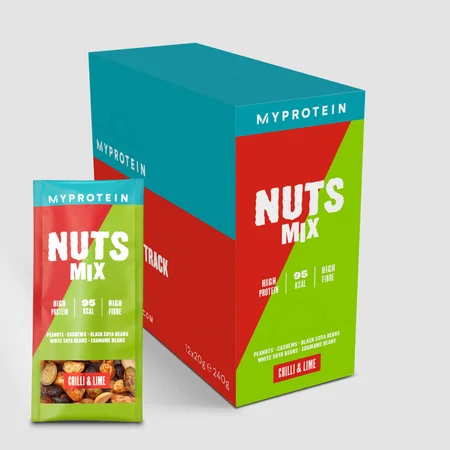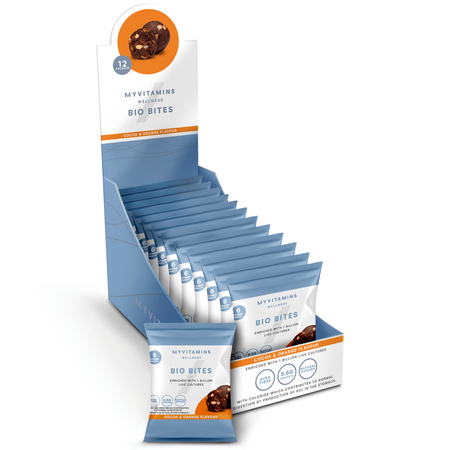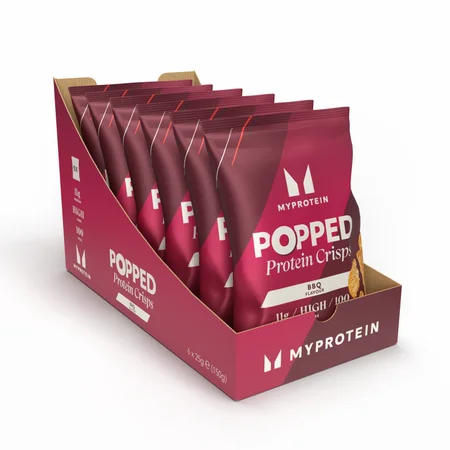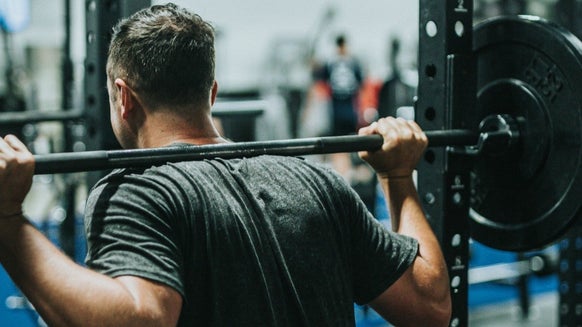Cut Or Bulk | PT Explains Which To Do First
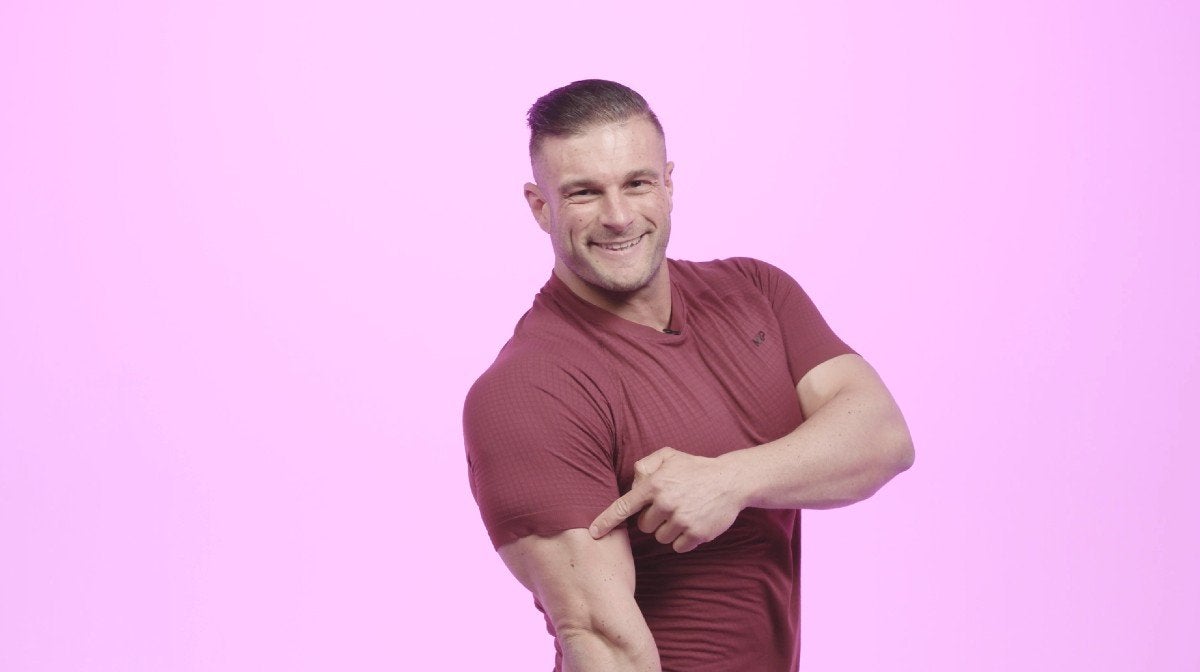
Bulking and cutting cycles are a major part of bodybuilding. They involve alternating periods of increasing and restricting calories. Sounds simple, but they’re a bit trickier than you might think.
PT Chris Broomhead took to the Myprotein YouTube channel to discuss the topic. He’s a bodybuilder himself, so who better to take us through the ups and downs of bulking and cutting?
To paraphrase Shakespeare, “to cut or to bulk, that is the question”. Knowing where to start is difficult. And the answer’s not straightforward either.
Everyone has different dietary requirements. This is due to different lifestyles, different jobs, different bodies and different goals.
For example, one of your friends might have a goal of reaching 5% body fat and another might be looking to reach 12%. It's all relative; it doesn’t mean one person is right and the other wrong. Establishing these variables is what helps us make the decision on whether to cut or bulk.
What's the difference?
While they might be opposites, they aren’t seen as separate entities. When periodised correctly, one phase leads to another.
For example, after a period of dieting, or cutting, you might be looking forward to increasing your food intake. At this point you’re heading into your bulk phase. Post-bulk, you might be looking forward to restricting your calories and heading back into a cutting phase.
A dieting, or cutting, phase speaks for itself. But a bulking phase can be a little bit more confusing. In the words of Chris, a bulk is training hard while in a calorie surplus in order to gain muscle.
Sounds great — eat what you want and gain muscle. But there’s a little more to it than that.
Bulking can be a slippery slope; by increasing your calories too fast, you might put on fat quicker than muscle, and you may then need to enter your cutting phase earlier than planned. But if you’ve not been bulking for as long as expected, you might have struggled to put on the muscle you anticipated in your bulking phase.
If your bulking calculations are correct, you’ll find yourself in a slight surplus. This, combined with training hard, will result in you gaining body fat very slowly while also gaining muscle mass.
There’s the possibility of gaining lean muscle, but it’s really challenging, and you’re not likely to build as much muscle. This involves not upping your calories but increasing your protein intake. If you’re looking to build a decent amount of muscle, you need to put yourself into a calorie surplus.
How can a professional help?
As mentioned, cutting and bulking phases are different for everyone. A PT can devise a plan bespoke to you. So while you're bulking, your surplus may be different to your mates at the gym, but at least you know your plan is accurately designed for you. A PT can also help ensure your bulking phase leads nicely to your cutting phase.
Don’t make comparisons
We’ve all been guilty of this at some point. Directly comparing ourselves to someone we couldn’t be more different to and beating ourselves up about it.
Some people naturally have higher levels of body fat and therefore they might struggle to have a lower body fat percentage. They may find that their body doesn’t function in the same ways, and they may have to increase their body fat percentage so they’re more comfortable. And other people may function comfortably with a low body fat percentage.
An example of this is bodybuilders — they obviously drop to a very low level of body fat for their competitions. Some bodybuilders find getting stage-ready easier than others.

Note
It's important to only ever bulk or cut to a healthy point. If you drop your calories too low or expend too much energy, the stress it can have on your body is huge. It can even bring down your hormonal function and your bodily processes.
Not only can this be harmful to your body, but it also means that you won’t be primed to begin your bulk phase. You'll need to recover properly before getting back into the bulk-cut cycle.
Take Home Message
Cutting and bulking is specific to individuals and differs from person to person, so don’t compare what you’re doing to your pals in the gym. And if in doubt, a PT should be able to help you on your way.
For more informative, easy to digest videos, head over to the Myprotein YouTube channel.

